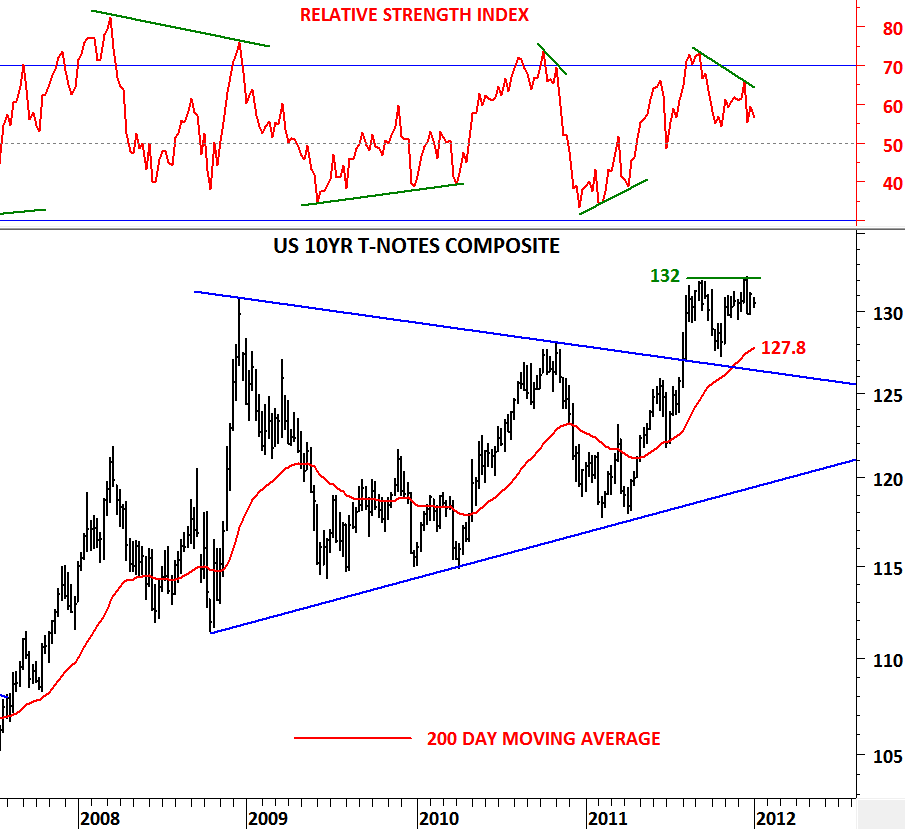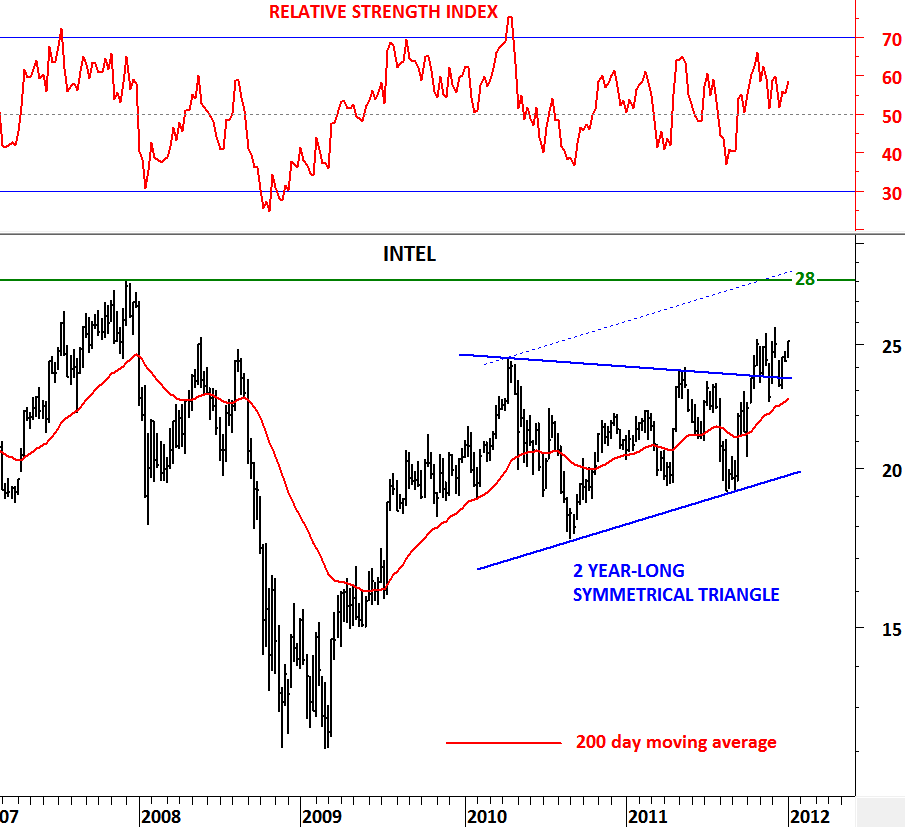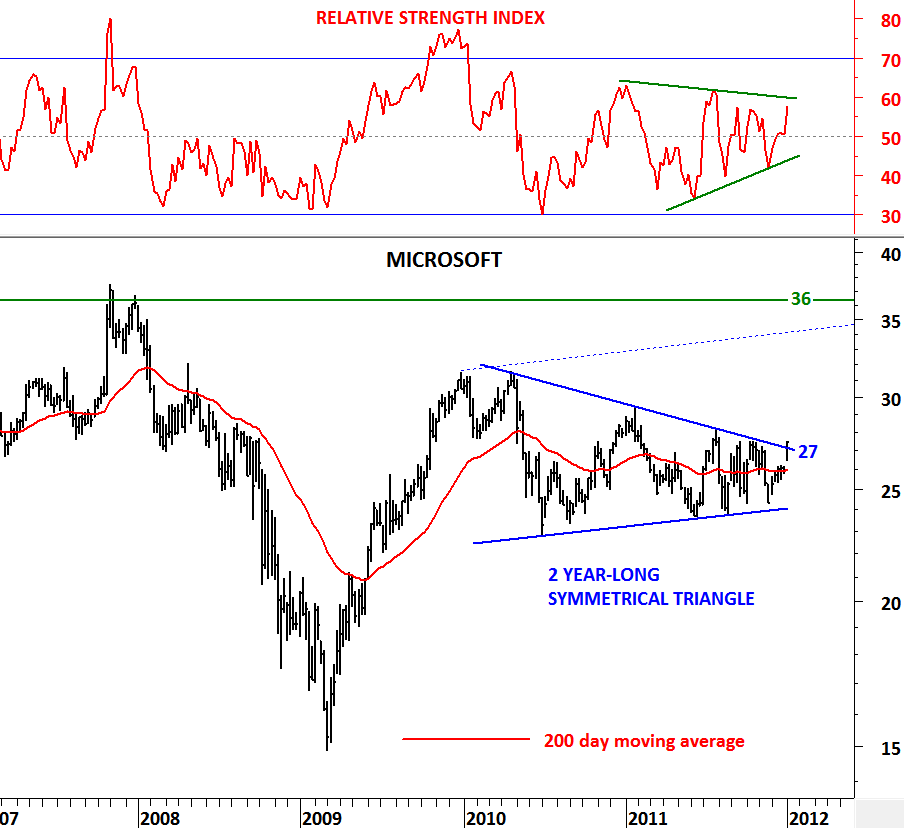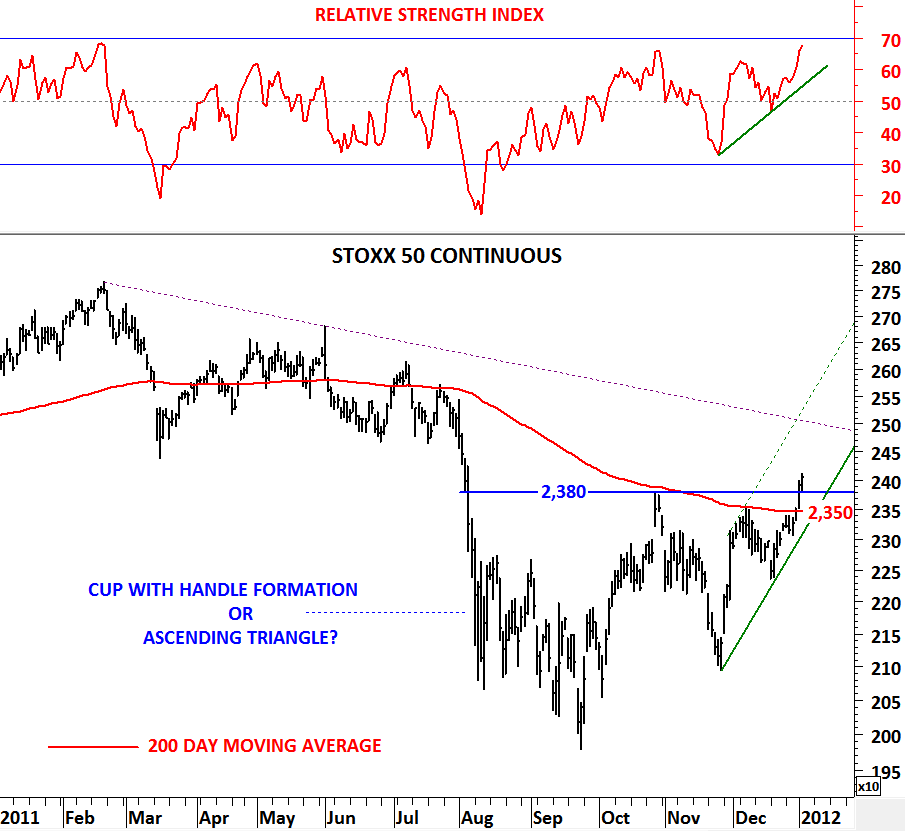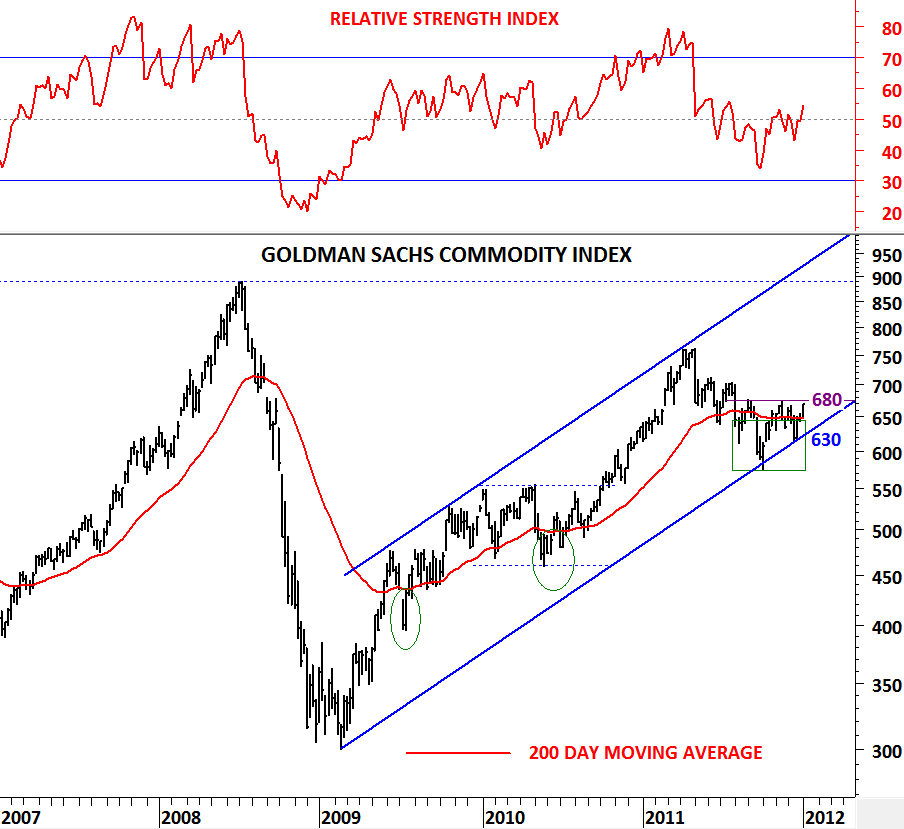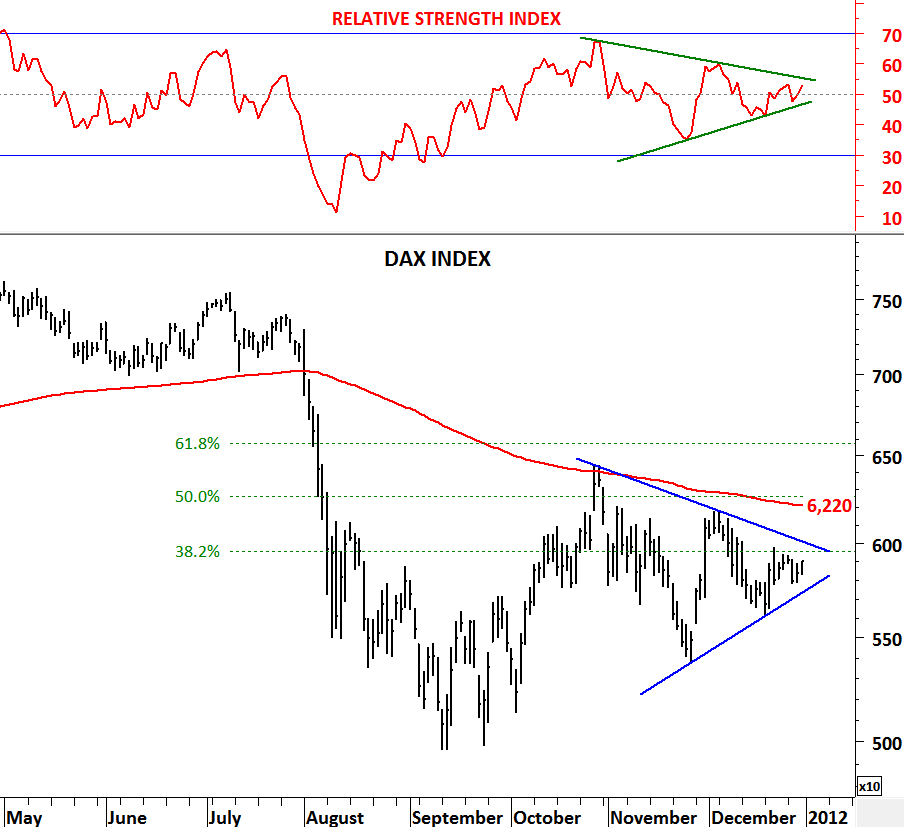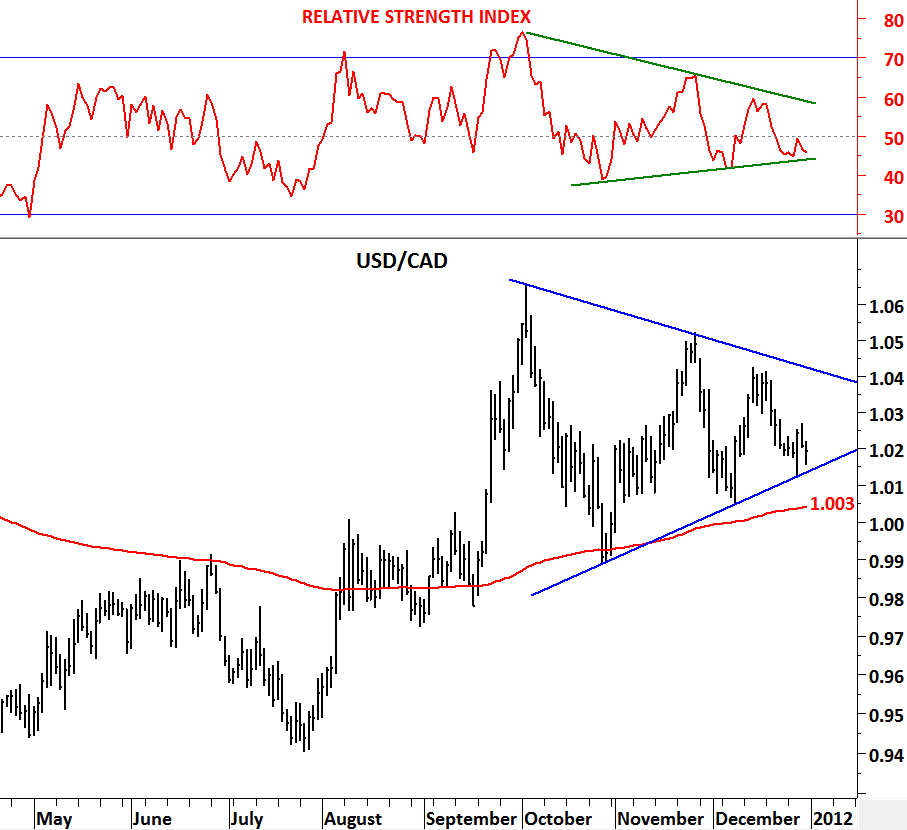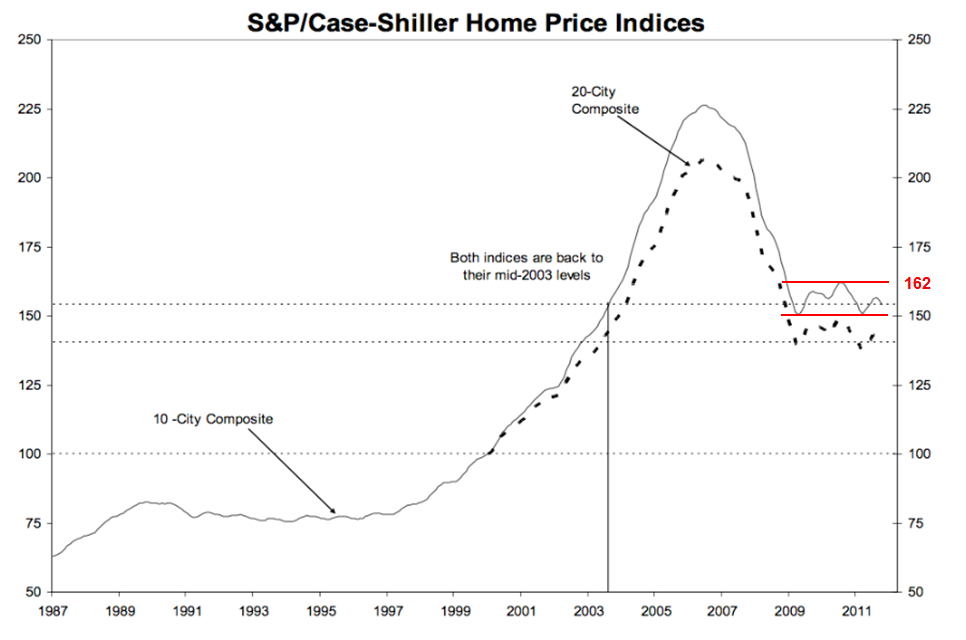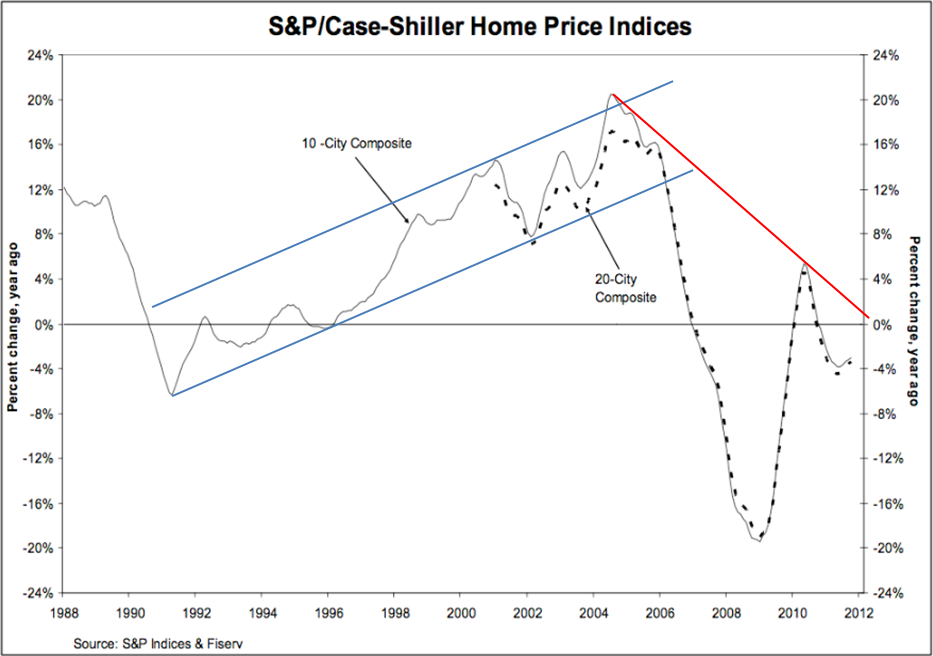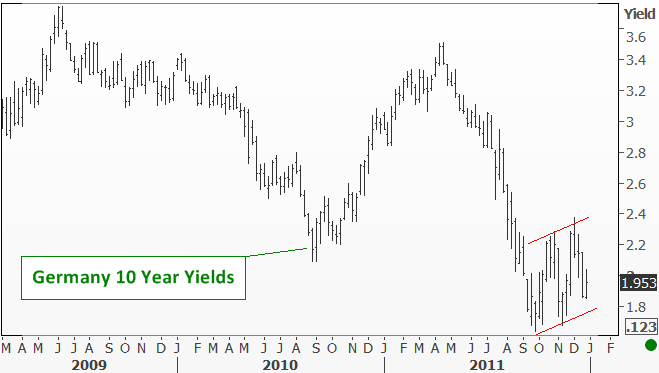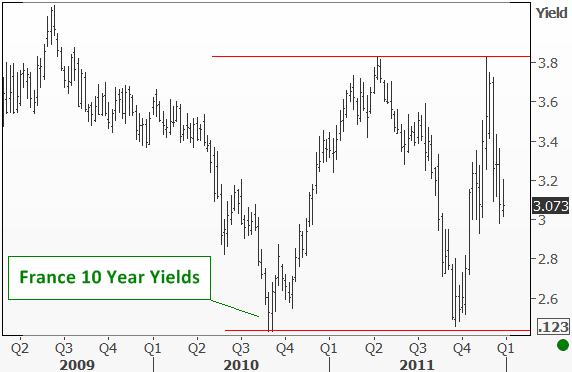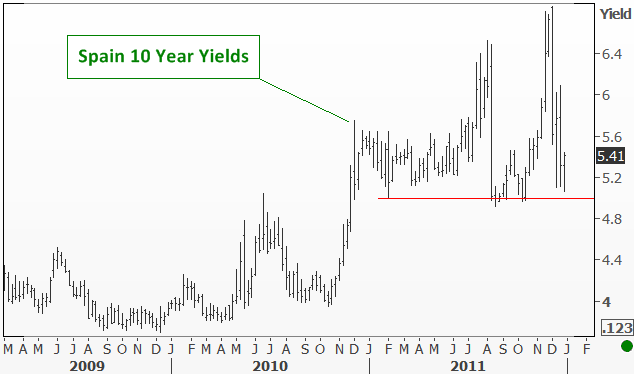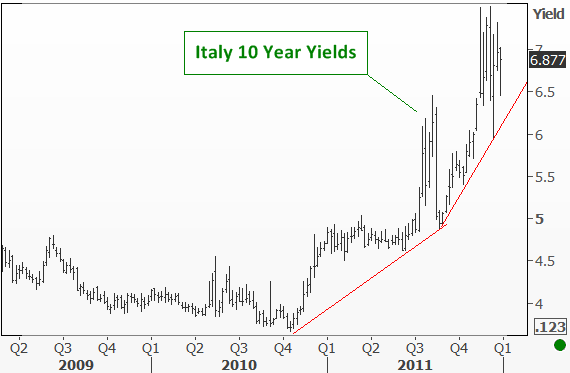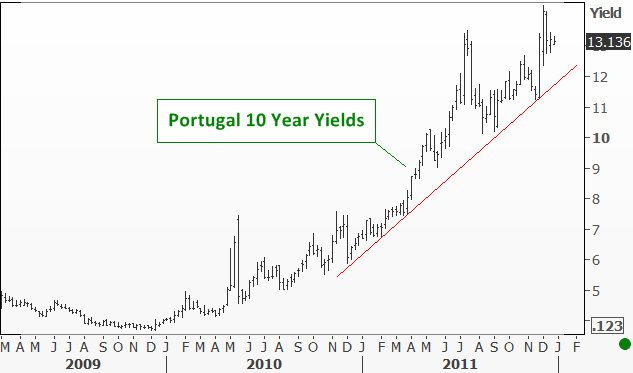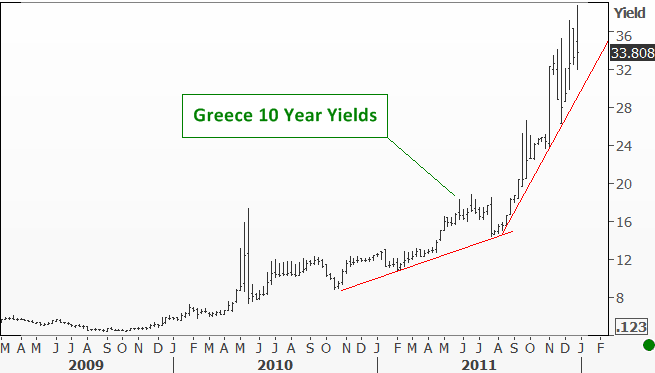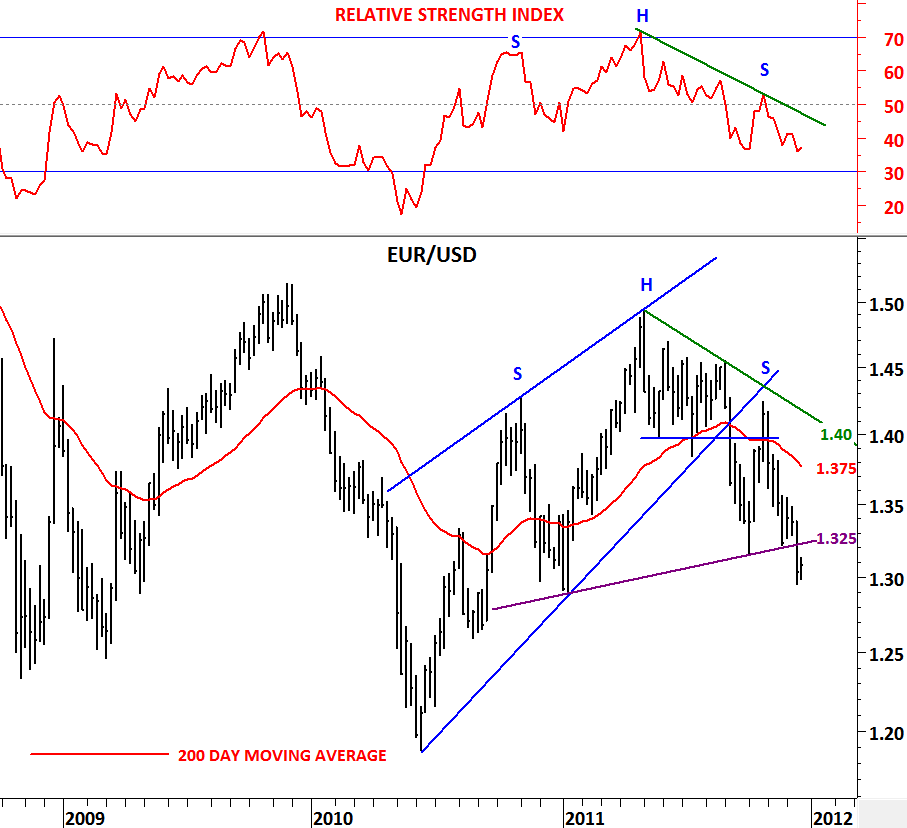US 10 YEAR T-NOTE & EURO BUND
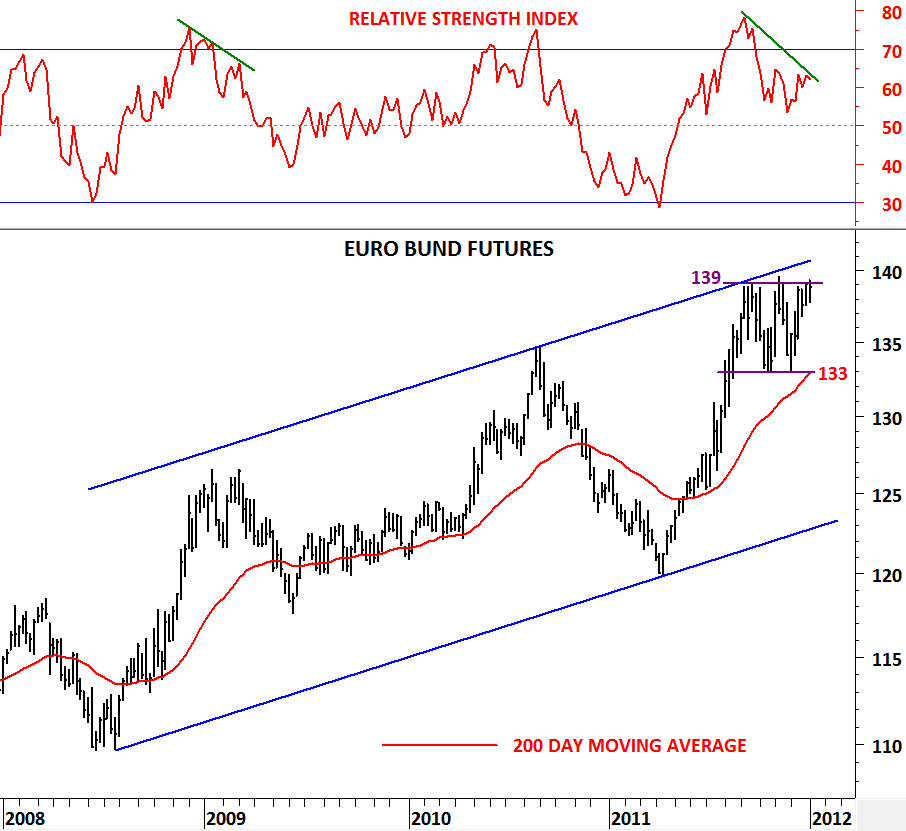 In technical analysis, divergence is considered either positive or negative, both of which are signals of major shifts in the direction of the price. Negative divergence occurs when the price of the security makes a new high, but the indicator fails to do the same and instead closes lower than the previous high.
In technical analysis, divergence is considered either positive or negative, both of which are signals of major shifts in the direction of the price. Negative divergence occurs when the price of the security makes a new high, but the indicator fails to do the same and instead closes lower than the previous high.
US 10 Year T-Notes and Euro Bund prices have generated negative divergences as they approached their previous high levels. Both government bond prices tested their intermediate term resistances with a negative divergence. For US govt bonds the critical level stands at 132 while for the German govt bond it is at 139 levels. Both prices could fall back to test their 200 day moving averages resulting in higher yields in both economies. Though determining a divergence doesn’t rule out the continuation of the uptrend and is not conclusive of a reversal in trend direction rather it is an early warning signal suggesting weakness (inability to break higher) at the strong resistance area. For the US 10 Year T-Notes the 200 day moving average stands at 127.8 levels and for the Euro Bund it is at 133 levels.

